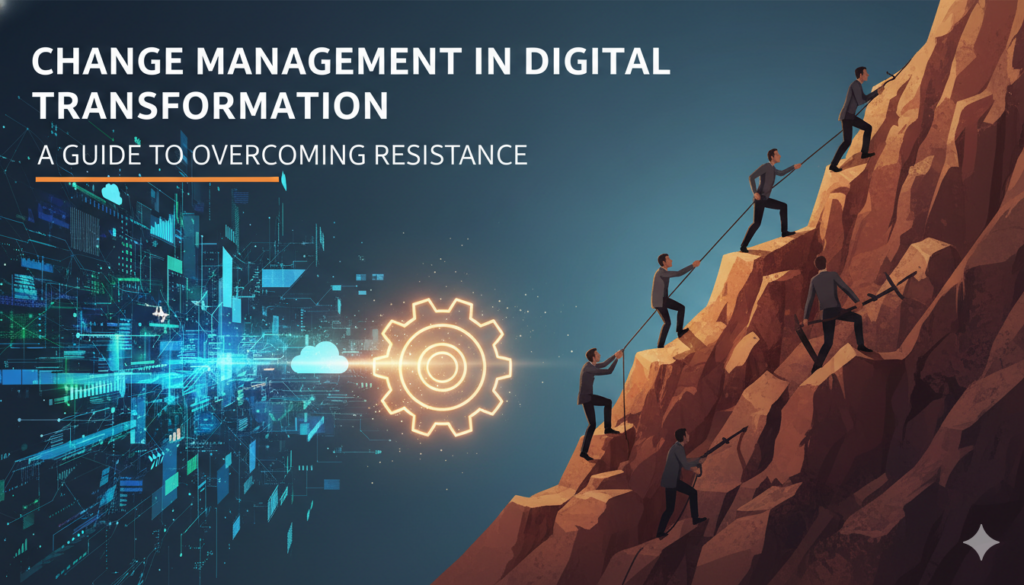The road from innovation to investment rarely runs in a straight line. Especially in the B2B world. Founders know the pain: a great idea, solid team, and early traction, yet investor meetings keep circling back to one question – how do you know your market actually wants this? That moment right there is no accident.
Investors, both VCs and angels, have raised the bar for early-stage funding in 2025. They’re no longer betting on vision alone. They expect you to show, not just tell, that real businesses crave your solution. The good news? When you get your validation story right, you move from hopeful pitches to powerful proof and set yourself apart.
What can you expect in this article? We’ll dig into the strategic shift driving this era, unveil the market metrics investors can’t ignore, and unpack how to create a validation narrative that resonates with strategic backers. We’ll also explore when to unveil your MVP, execute customer pilots, and secure those all-important endorsements. To anchor it all, you’ll see how today’s most successful B2B startups won funding by nailing their validation signals.
Why Investors Now Demand More Than Hype
Step into any 2025 seed or Series A meeting and you’ll notice the difference. Investors, weathered by a tighter market and eager for efficiency, want signals that go beyond surface enthusiasm. They now ask for proof. Letters of intent, pilot customer engagement, retention data. Long before they ever ask about your vision statement.
A few years ago, a compelling pitch might have been enough. Not anymore. Angels and VCs are choosing startups that can de-risk their investment from day one. Real validation signals tell them you’re not just “shouting into the void.” Instead, you’ve found pain points that buyers care about, and your solution is gaining real traction. What does this look like in practice? It’s everything from documented pilot results, live dashboards showing monthly recurring revenue, to a stack of LOIs from reputable companies willing to pay when you launch.
The Top 3 Validation Metrics Investors Need to See
Let’s get tactical. When you’re building your case, which numbers cut through the noise? In 2025, these are the validation metrics that turn heads in B2B funding rounds:
1. Pilot Customer Engagement and Outcomes
Pilot tests are the new norm. Investors want tangible feedback from businesses who’ve used your MVP in real environments. The more recognizable your pilot customers, the greater the signal. Be specific: sharing pilot engagement rates, customer workflow improvements, or even pilot-related upsell activity offers a much clearer picture than raw signup counts.
2. Retention and Active Usage Rates
Annual contracts and logos matter, but smart investors scrutinize what happens after signing. Are those users engaging repeatedly? Metrics like monthly active use, implementation depth, and renewal intent (think pilot-to-contract conversion rate) all speak volumes. When retention is high, it suggests the product delivers value that endures beyond an initial tryout.
3. Letters of Intent (LOIs) and Commercial Commitments
No metric screams demand quite like signed commitments. LOIs, pre-orders, and even well-structured waitlists show a clear intent from market players. In competitive B2B categories, a handful of major LOIs can leapfrog you into serious investor territory, as they de-risk the assumption that customers will pay when the product reaches full scale.
Shaping a Validation Story That Wins Strategic Investors
Your numbers matter, but your narrative secures funding. Here’s how founders are crafting validation stories that hit with investors in 2025:
- Start with Customer Pain: Strategic investors relate more if you open with authentic stories from affected businesses. Where do current solutions fall short, and how does your MVP hit the target? Show you’ve done the hard work. Real interviews, discovery calls, a clear understanding of the workflow obstacles.
- Show Roadmap and Momentum: Lay out how pilot results and data informed your roadmap. Did early user feedback lead to a pivot that increased engagement? Highlight that evolution. Investors back teams that iterate fast and tie actions directly to validation milestones.
- Highlight Credibility Signals: Endorsements from trusted industry voices (even a single top-tier testimonial) can become your not-so-secret weapon. Displaying your ability to attract advisors, partnerships, or established pilot users proves you’ve got industry believers.
Timing MVPs, Pilots, and Endorsements for Maximum Signaling
Is there a right moment to unleash your validation assets? Absolutely. The timing of MVP launches, pilot rollouts, and gathering customer endorsements can change the funding game.
Startups in 2025 are shipping MVPs faster than ever, with cycles compressed by up to 40% compared to just a couple of years ago. Getting to market swiftly allows for earlier, more meaningful feedback. Before burning excess capital. The pace isn’t just about speed, but precision: get your prototype into the hands of carefully selected pilot partners. Understanding how to validate your startup idea through systematic testing helps founders identify winning concepts before investing in development. Their feedback delivers your sharpest proof-of-demand, especially if you prioritize highly networked or influential early users.
Once pilots are live, don’t wait until “perfection” to share results. Investors react to velocity and learning. Show your cohort analysis, usage rates, and stories from pilot customers, even if the sample size is small. The trick is to sequence endorsements as you iterate: secure the first big testimonial just as you’re expanding your pilot group, and use those endorsements to gain momentum with the next.
You don’t have to move mountains before you talk traction. For many funding rounds, investors are excited by “directional” validation: early but meaningful signals that your market is waking up. As those signals heat up, so does interest from top-tier venture funds.
Real Validation, Real Dollars: Success Stories from 2025
What does investor-backed validation look like when it actually leads to funding? Here’s what stands out from B2B startups that crossed the chasm this year:
- A SaaS platform in the compliance space convinced a venture syndicate after landing three LOIs from industry giants. Rather than chasing small firms, they prioritized pilots with recognizable brands. This sent a trust signal money can’t buy.
- A workflow automation company paired early pilot launches with rapid iteration. Sharing pilot feedback openly. Both wins and stumbles. Showed investors a culture of learning and speed. This transparency, paired with high retention rates among testers, sealed their Series A.
- A supply chain analytics startup focused on quality over quantity, reporting not just “logo counts” but showcasing deep case studies on pilot use. Metrics like daily active usage in complex workflows mattered more than broad but shallow signups. The team’s methodical approach, avoiding common mistakes first-time founders make, created irresistible FOMO for late-stage investors.
In every case, a pattern emerges: successful founders prove, not just promise, demand. Their stories, supported by unambiguous data and credible relationships, put them at the front of the funding line. Many also benefited from understanding startup investment trends shaping 2025, positioning themselves strategically ahead of the competition.
Transforming Proof into Partnership: Where Qatalys Comes In
Getting validation signals right is tough, but it’s far from a solo journey. Building pilots, capturing metrics, and weaving a compelling narrative requires steady hands and real-world experience. That’s where Qatalys steps in. As a global technology and growth partner, we help startups from first prototype to scale craft the validation story that investors want to see.
Whether it’s building robust MVPs, running analytics on your pilot programs, or helping you forge FOMO-worthy endorsements, Qatalys partners with you each step of the way. We’ve seen what separates funded startups from the rest: real proof, creative execution, and a relentless focus on what truly matters to your next round’s investors.
Ready to win your market? Talk to us.
Frequently Asked Questions
What are the most important validation metrics for B2B startups seeking investment in 2025?
Investors are especially interested in pilot customer engagement data, active retention and usage metrics, and clear commercial signals like letters of intent (LOIs) or pre-orders. These reveal not just initial interest but authentic, ongoing demand for your solution.
How soon should I launch my MVP to start collecting validation signals?
Aim to get your MVP in the hands of select pilot customers as soon as you have a functional version. Typically within a few months. Early feedback helps shape your product and immediately communicates velocity and adaptability to investors. Understanding MVP development strategies can help you make the right timing decisions.
Can strong customer endorsements outweigh small market traction?
Yes. Especially in B2B, a powerful endorsement from a respected industry player can create investor confidence, even if you’re at an early stage. Credibility and influence often tip the scales when the numbers are just starting to build.
Should I prioritize growth in user numbers or depth of usage for validation?
Depth of usage typically wins for B2B startups. Investors care more about consistent, meaningful engagement, such as daily active use or expanded deployments, rather than simple signups. Demonstrated impact always carries more weight than surface-level growth.
How can Qatalys support my startup’s validation and funding process?
Qatalys partners with startups to design and execute MVPs, run analytic pilots, and curate partner endorsements. With industry experience and a data-driven approach, we help you assemble the validation narrative that makes your funding journey smoother and more successful.








